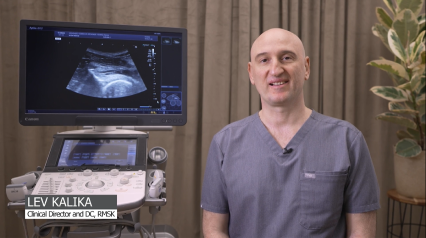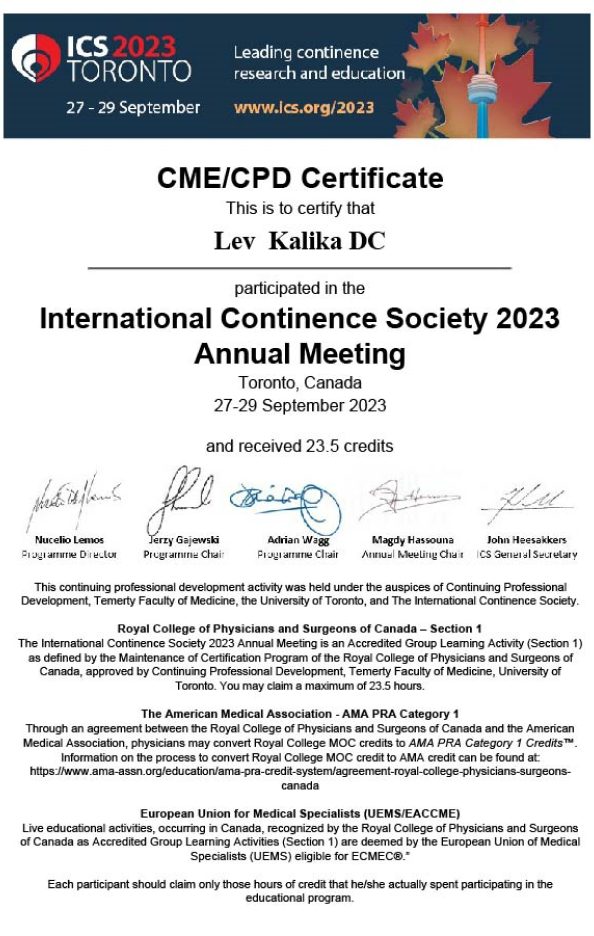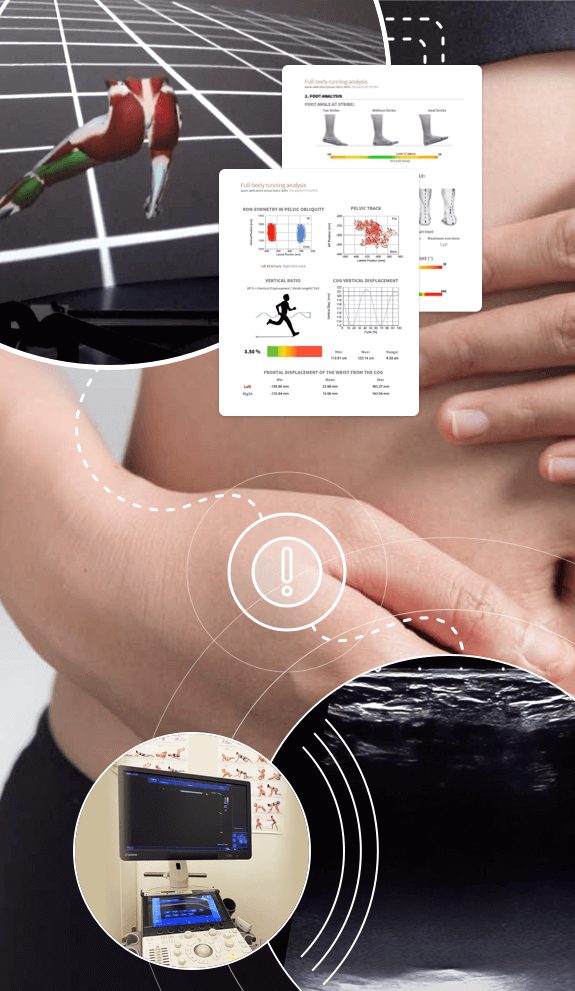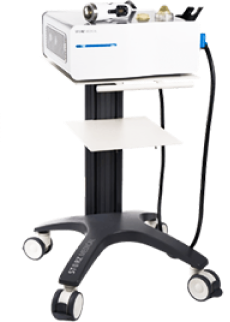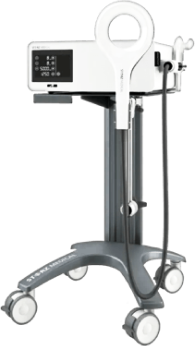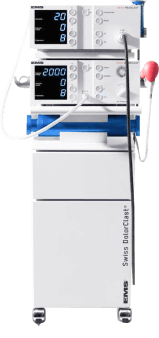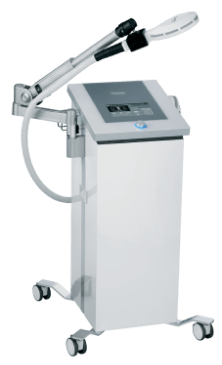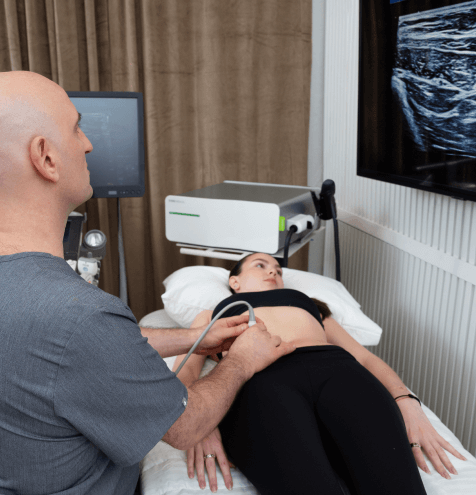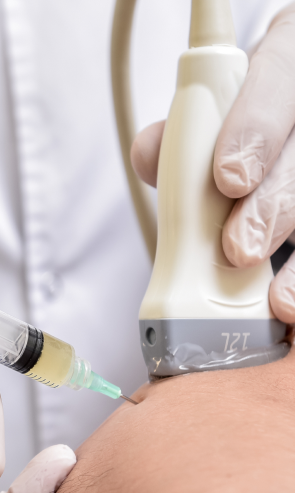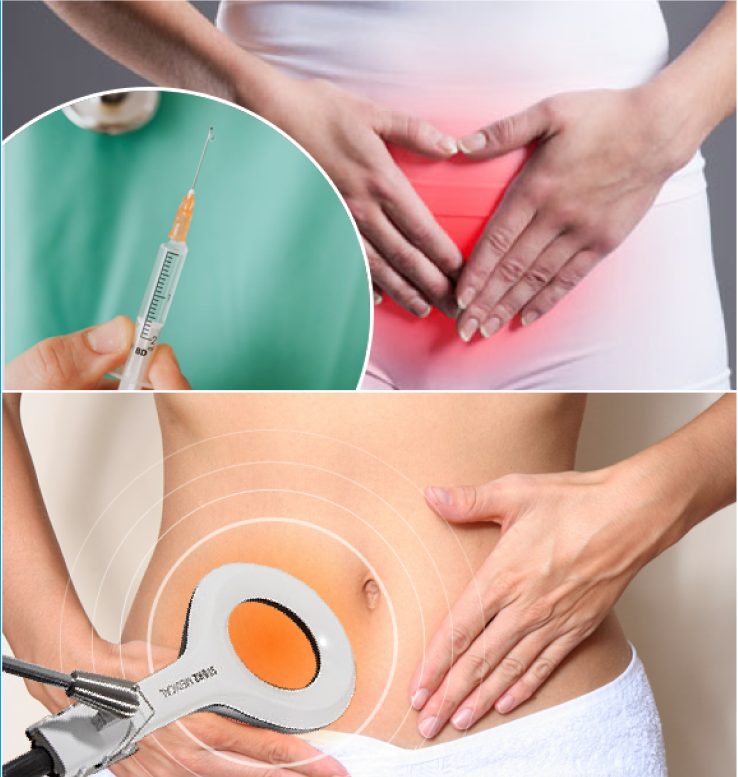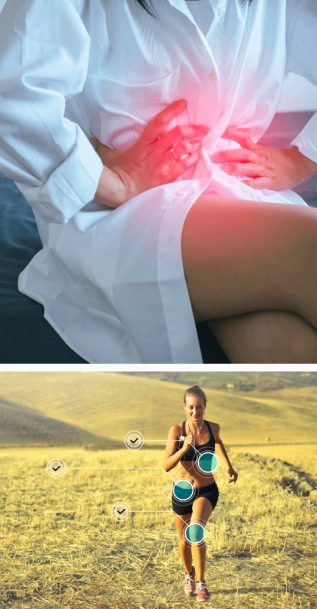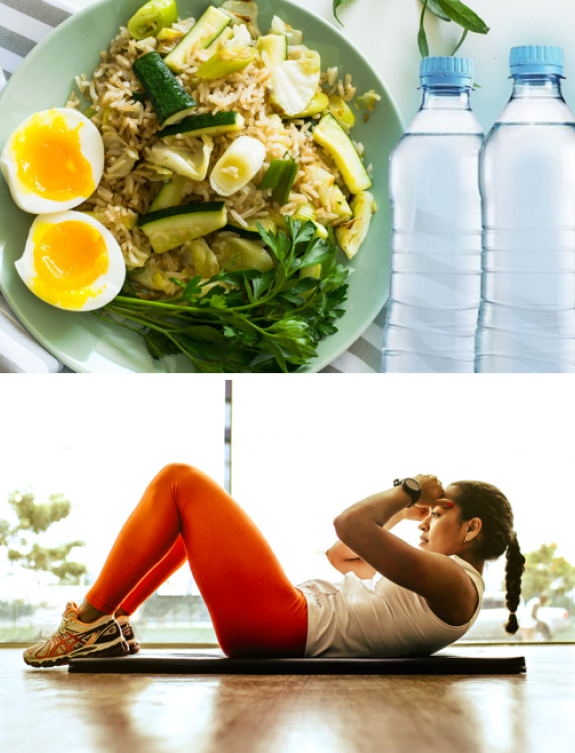Most traditional approaches to pelvic pain fail to get at the root cause of pelvic floor dysfunction and correct it. Instead, we see an excessive amount of internal, intravaginal, intrarectal myofascial work, which does not address the true underlying cause of pelvic problems. Patients are subjected to years of “specialized” pelvic physical therapy and multiple injections, without making any significant progress.
Conventional methods merely treat the symptoms without fixing the problem, and fail to succeed in over 80% of patients with pelvic pain. In the course of treating pelvic pain patients for over 20 years, Dr.Kalika has found that manual internal trigger point release therapy should not be performed initially for the majority of patients with pelvic pain, as it tends to make the condition chronic, and makes patients dependent on the therapist without seeing any progress.
In some cases, people see a urologist for pelvic pain, even though most urologists are unfamiliar with pelvic pain and address it as a prostatitis, prescribing different antibiotics over the course of many months of treatment, only to tell the patient that the treatment failed and they will have to live with pelvic pain. Meanwhile, the patient’s gut health has been destroyed and the nerves become hypersensitized, resulting in chronic pain.
Dr.Kalika believes that pelvic pain and dysfunction are rarely caused by trigger points alone, and recent research has shown that, in the majority of pelvic patients, pelvic floor trigger points are secondary to the dysregulation of peripheral and autonomic nerves within the sacral plexus. The peripheral sensitization of sacral nerves causes dormant trigger points to become activated and resistant to myofascial therapies. Pudendal nerve compression is also rarely the problem, as it is rarely proven by MRI or ultrasound.
Given the failure of conventional pelvic therapy over the past 20 years, Dr. Kalika believes it is critical to identify the underlying cause prior to addressing the trigger point component of pelvic pain.


